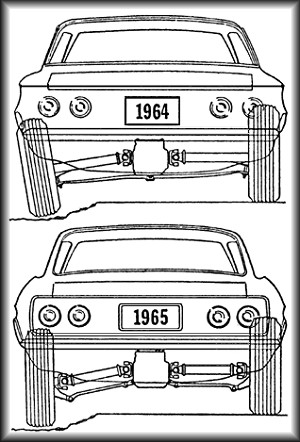Spectre
The Deported
- Joined
- Feb 1, 2007
- Messages
- 36,832
- Location
- Dallas, Texas
- Car(s)
- 00 4Runner | 02 919 | 87 XJ6 | 86 CB700SC
That's why German and American corporations have millions of dollars (well, not the Americans anymore) and Jaguar has never made much money: They used sheap-to-build swing axles instead of spending the money to build a proper IRS like the one in your picture.
Incorrect. The Jag IRS shook the motoring world because it was the first true IRS offered to the motoring public at an affordable price. Competing systems cost two or three times as much if not more. In fact, it wasn't until much later that GM managed to get the Corvette's IRS down to the point where it was comparable. The price to build the Jag IRS isn't that much more than it is to make a swing axle.
The Jag IRS is quite literally constructed out of almost all off-the-shelf parts. The diff is a Dana 44 out of a US light truck, the lower control arms are basically plumbing pipe, the upper control arms are also the halfshafts - and are shortened truck units made by Spicer (with common American truck/car U-joints). The only "custom" or "expensive" parts are the hub carriers, and those really weren't all that expensive to make anyway.
It is telling that Jaguar had a higher per-car profit margin on the E-Type than Chevrolet did on the C2 or C3 Corvettes it competed against, even though for most of the run the E-Type was often *cheaper* than the Corvette.
GM did, eventually, get the hint.

Yes, by ripping off the Jaguar design and slightly altering it. For some reason, they didn't like the inboard brake idea.

 That's why hardly no-one uses them anymore.
That's why hardly no-one uses them anymore.



